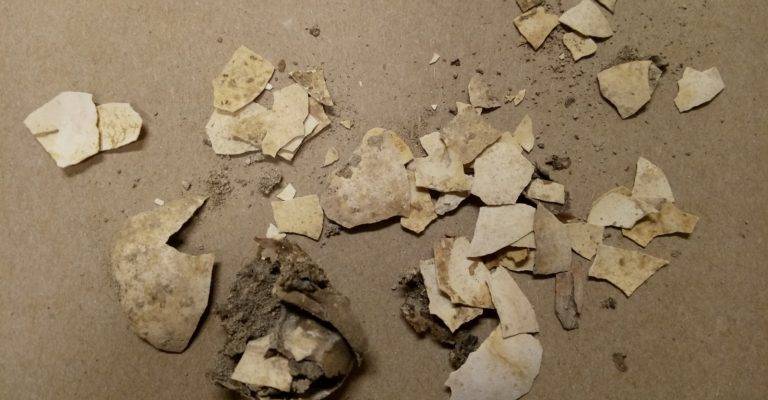Using shell fragments unearthed in Jerusalem’s City of David, Bar-Ilan professor rebuilds an ancient egg and learns about dietary habits of the time.
By Abigail Klein Leichman, ISRAEL21c
Shells of chicken eggs found in excavations at Jerusalem’s City of David, dating from the end of the Second Temple era (around 70 CE), have been analyzed and reconstructed using 21st century technology.
The eggs confirm the place of domesticated chickens on the dinner plates of Jerusalem’s upper class in biblical times, according to a study led by Prof. Zohar Amar of the Martin (Szusz) Department of Land of Israel Studies and Archaeology at Bar-Ilan University in Ramat Gan.
The study analyzed several hundred eggshell fragments found in refuse and ash during excavations by archaeologist Eilat Mazar about a decade ago.
Amar examined all the fragments using a new unique algorithm developed by Dr. Avshalom Karasik of the Israel Antiquities Authority for the reconstruction of pottery vessels. He found enough large pieces to reconstruct one full egg.
The reconstruction shows that the height was about 50 mm, its diameter 40 mm, and its total volume 61 cc — similar to the size and volume of modern chicken eggs.
This finding has important implications in the field of Talmudic Jewish law (halakhah), which makes use of a measurement called “kabeytza” (like an egg).
Amar noted that eggshells are rarely found in archaeological digs because of their fragility. This discovery is especially significant because it’s the earliest evidence of chicken eggs found thus far in the Near East.
Until now, the only chicken-related archaeological finds from the biblical period in Jerusalem were a few bones and several seals of the royal house bearing the image of a fighting rooster.
Amar will share the finding of the study at a Bar-Ilan conference next month on agriculture and nature in ancient Israel. Later on it will be published.
